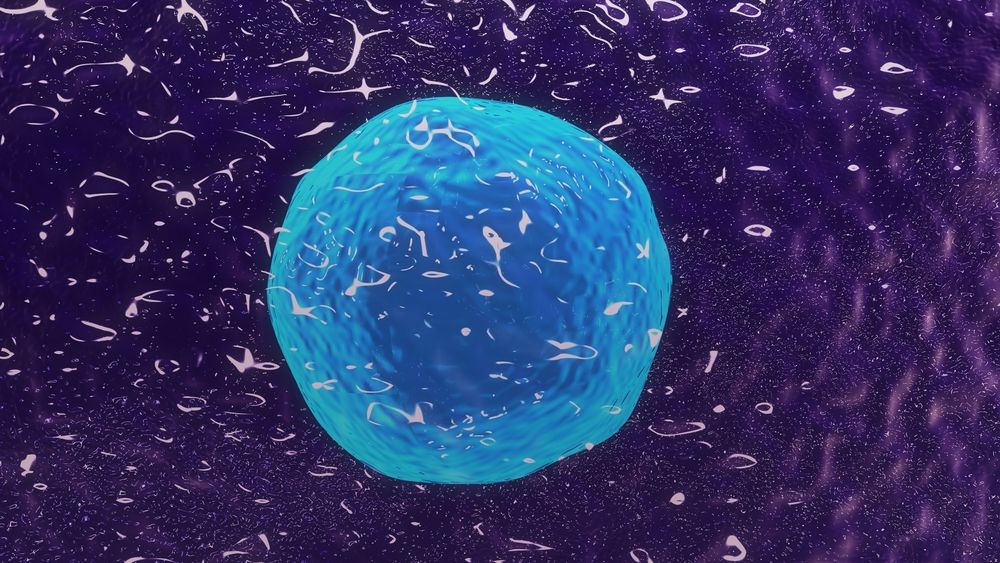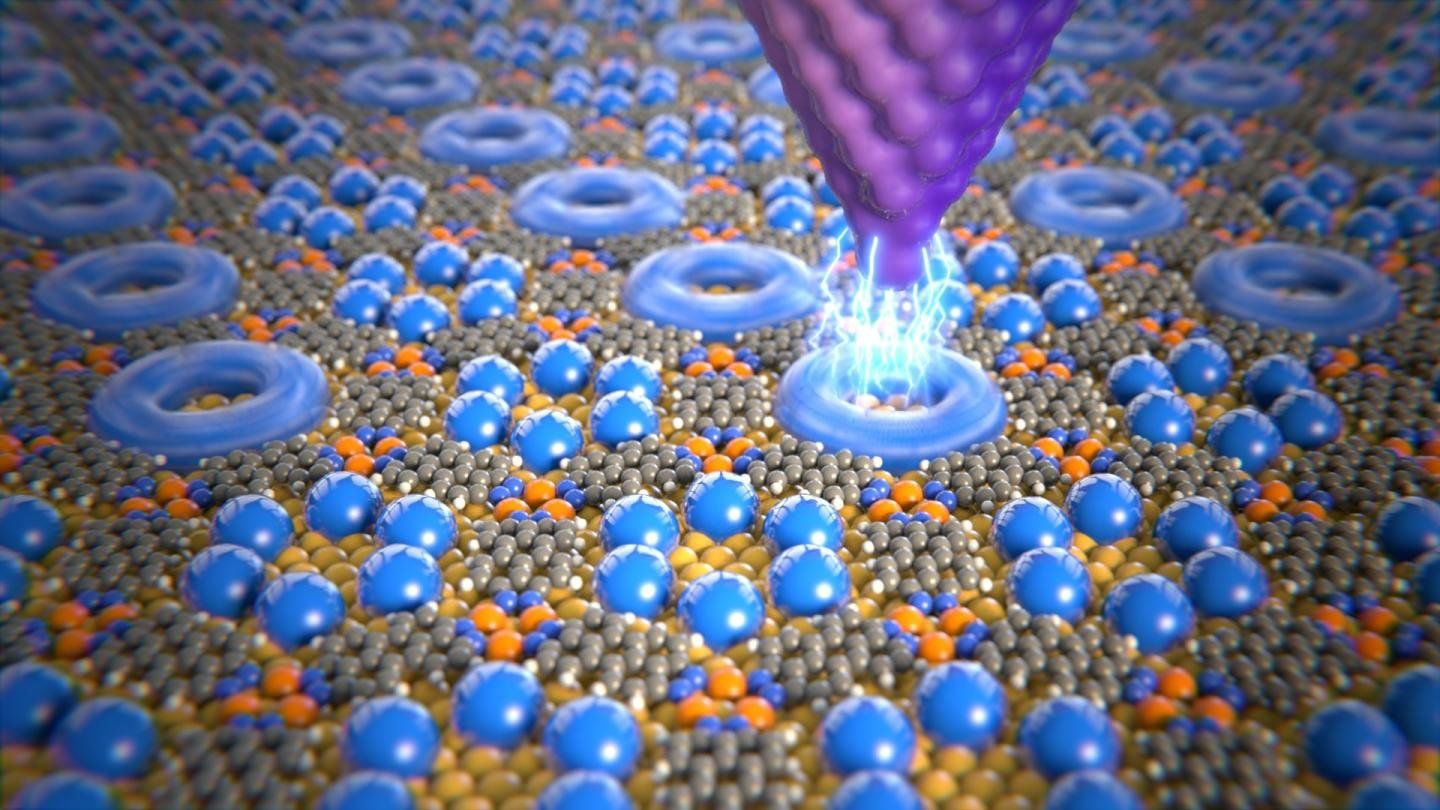With the number of cars clogging roads around the world expected to double in the coming decades, new ways of responding to crashes, controlling traffic lights and creating diversions will be needed to keep traffic moving.


The topic for the December Journal Club will be the recently published paper – Fisetin is a senotherapeutic that extends health and lifespan. This commonly available supplement and a plant-based polyphenol appears to influence the aging process in mice by clearing senescent cells, one of the suggested reasons we age.
If you like watching these streams and/or would like to participate in future streams, please consider supporting us by becoming a Lifespan Hero: https://www.lifespan.io/hero
Paper: https://www.ncbi.nlm.nih.gov/pmc/articles/PMC6197652/



Amber Lab research’s robot locomotion to develop devices that help people with walking difficulties.
2018 was a huge success! We launched a mission to “touch” the Sun, stuck another nearly flawless #MarsLanding, marked our #NASA60th anniversary of opening our doors for business, welcomed NASA Administrator Jim Bridenstine and began #Apollo50 celebrations! That’s just some of what happened This Year @ NASA — there’s even more at http://www.nasa.gov/2018.
WATCH LIVE: SpaceX’s Falcon 9 rocket is attempting to launch a U.S. Air Force navigation satellite from Cape Canaveral, FL.

By Chinese Satellite with 24.9 billion pixels of quantum technology. It’s worth seeing! You can zoom in, zoom out when you look at it. You can clearly see every gesture, even face of pedestrians on the road.

Researchers from the University of Basel have reported a new method that allows the physical state of just a few atoms or molecules within a network to be controlled. It is based on the spontaneous self-organization of molecules into extensive networks with pores about one nanometer in size. In the journal Small, the physicists reported on their investigations, which could be of particular importance for the development of new storage devices.